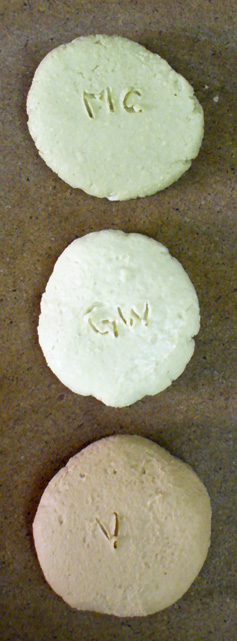| Monthly Tech-Tip | No tracking! No ads! | |
Mineral Colloid BP
| Oxide | Analysis | Formula | Tolerance |
|---|
| Materials |
Bentolite L-3
|
| Materials |
Veegum
A clay of incredibly small particle size. It has the highest plasticity of any known clay and acts as a suspending and gelling agent in slurries. |
| Materials |
Gelwhite H
|
| Typecodes |
Additives for Ceramic Bodies
Materials that are added to bodies to impart physical working properties and usually burn away during firing. Binders enable bodies with very low or zero clay content to have plasticity and dry hardness, they can give powders flow properties during pressing and impart rheological properties to clay slurries. Among potters however, it is common for bodies to have zero additives. |
| Typecodes |
Additives for Ceramic Glazes
Materials that are added to glazes to impart physical working properties and usually burn away during firing. In industry all glazes, inks and engobes have additives, they are considered essential to control of cohesion, adhesion, suspension, dry hardness, surface leveling, rheology, speed-of-drying, etc. Among potters, it is common for glazes to have zero additives. |
| Minerals |
Montmorillonite, Bentonite
A clay mineral of extremely small particle size and high plasticity. Raw bentonite is generally a pa |
| By Tony Hansen Follow me on        |  |
Got a Question?
Buy me a coffee and we can talk

https://digitalfire.com, All Rights Reserved
Privacy Policy


